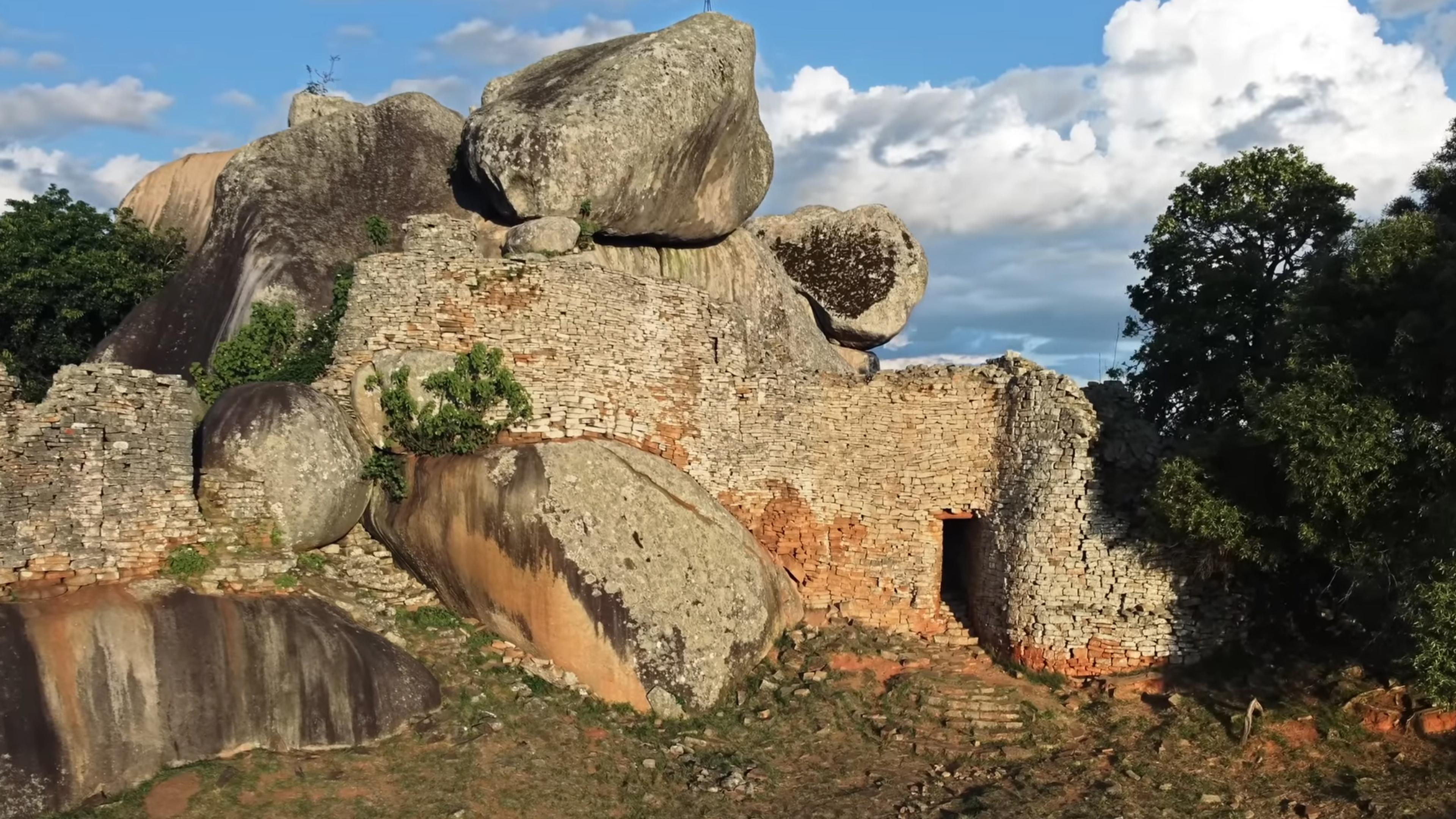In 1981, the US Department of Energy and the civil engineering company Bechtel Corp assembled a task force to help tackle the problem of how to warn future humans to stay away from radioactive nuclear waste sites thousands of years into the future. Perhaps the strangest solution came from the French author Françoise Bastide and the Italian semiologist Paolo Fabbri, who proposed genetically engineering cats to change colour in response to radiation, and creating a mythology of danger around those cats. An exploration of unusually creative problem-solving, the French director Benjamin Huguet’s film probes how the once-obscure, decades-old ‘ray-cat solution’ has recently found new life.
Could the weirdest solution to the problem of nuclear waste also be the best?
Director: Benjamin Huguet
11 July 2016

videoDesign and fashion
Beyond fortune-telling – the enduring beauty and allure of tarot
16 minutes

videoHistory of ideas
How to read ‘The School of Athens’ – a triumph of Renaissance art
25 minutes

videoHistory
The dry-stacked stones of Zimbabwe are a medieval engineering wonder
7 minutes

videoKnowledge
A Kichwa activist on ayahuasca’s rise – and what it really means to her people
15 minutes

videoNature and landscape
Scenes from Aboriginal Australian pottery chart the turn of the seasons
7 minutes

videoEthics
What’s an idea worth? How prominent thinkers have understood intellectual property
6 minutes


